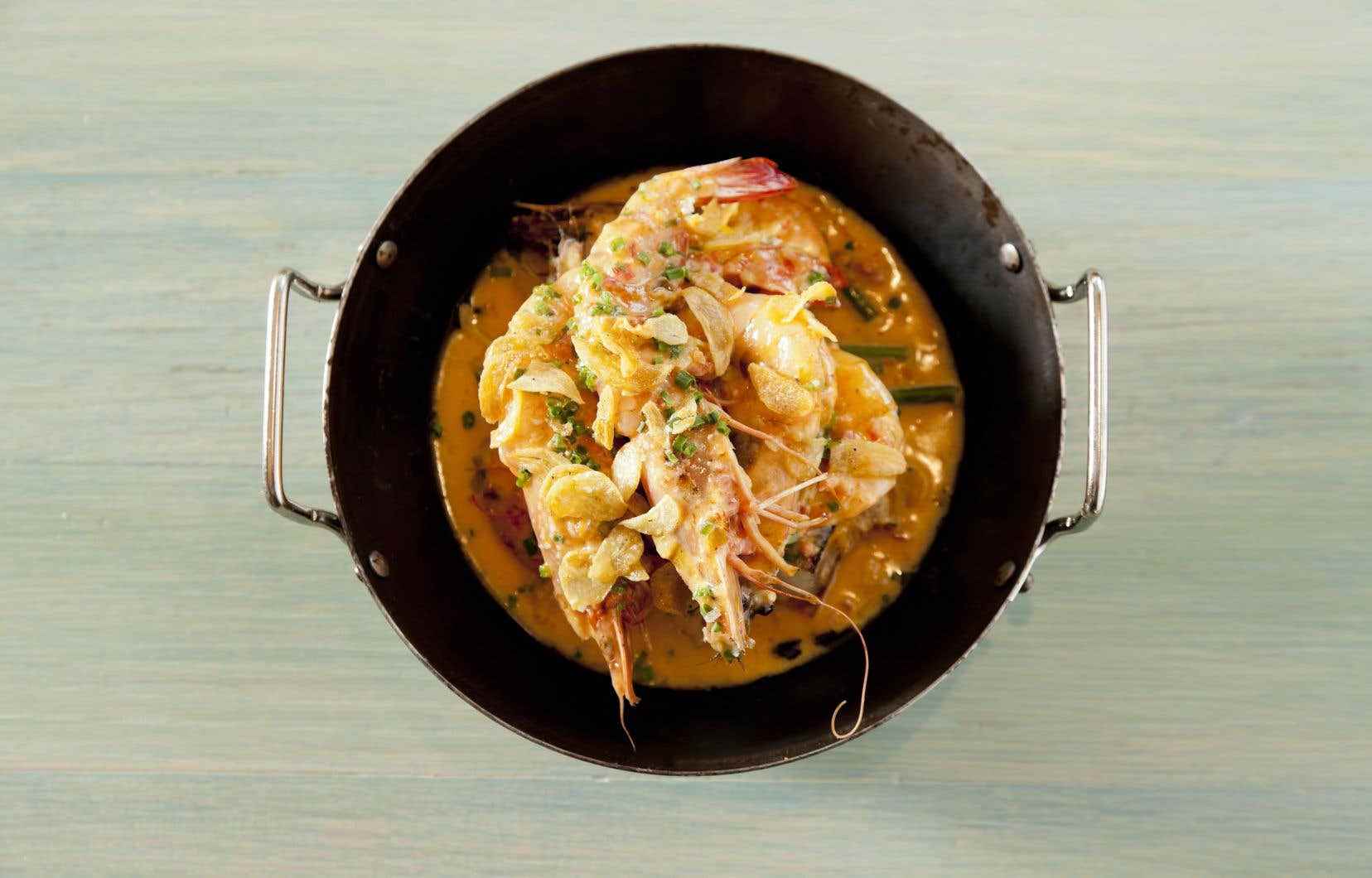This text is part of the special book Plaisirs
As part of Black History Month, the notebook pleasures invites you to immerse yourself in the culinary culture of an African continent whose palette of flavors is as eclectic as it is unknown.
Africa comprises 54 countries with different histories, cultures and traditions. The richness of its multiple cuisines is just as vast, and their legacy is significant in several culinary cultures of the world.
Taste to learn
Nigerian nutrition expert and entrepreneur Ndidi Okonkwo Nwuneli spoke to Nigerian nutrition expert and entrepreneur Ndidi Okonkwo Nwuneli at the Good Food for All event at the Dubai World Expo last year on the importance of changing the narrative about African cuisines .
“Yes, there is malnutrition and famine in Africa, but that is not the only reality. And it overshadows Africa’s rich cultural heritage and its intimate connection to global food. »
She then gives the example of okra (okra). Brought by African slaves, it is now an integral part of many cuisines in the Americas. The comparison between a dish of gumbo (soup) with seafood, typical of Nigerian cuisine, and a gumbo in Louisiana illustrates the African influence well.
“However, when you look at the world cuisine appreciation rankings, it is surprising to see that a continent of 54 countries is grouped into one cuisine, and it ends up very low in the list, adds -She. However, African cuisine is rich and varied. And many of the foods we love come from Africa, like cashews and cocoa. »
The year of the millet
Indeed, many of the foodstuffs that we regularly consume come from Africa. Just think of coffee or palm oil – today mainly produced in Indonesia or Malaysia and present in most ultra-processed foods.
In addition, the Food and Agriculture Organization of the United Nations (FAO) has named 2023 the International Year of Millet, given its nutritional qualities and its ability to adapt to climate change. In the millet family, millet — also called fonio — is known from some African cuisines. In particular, it can be prepared whole like rice, in the form of flour to make pancakes or transformed into beer.
The owners Solange Pati and Alain Tanoh of the restaurant Maquis Yasolo, in the Saint-Henri district of Montreal, rightly celebrate the culinary heritage and the various black identities of Quebec. “In West Africa, millet is mainly consumed as a dessert, in couscous or porridge, a bit like oatmeal,” explains Solange Pati.
On the menu of their African-style brunch, offered on weekends, you can taste dégué (or thiakry), a dessert originating from West Africa made with millet couscous, curdled milk (or yogurt) and vanilla sugar. All you have to do is walk through the doors of a restaurant or an African grocery store, regardless of the region highlighted, to see how multiple and unique the cuisines are at the same time.
As part of Black History Month, the Maquis Yasolo restaurant and the Jardins Lakou farm offer workshops and gastronomic discoveries Culinary traditions and African heritage.
This special content was produced by the Special Publications team of the Duty, pertaining to marketing. The drafting of Duty did not take part.
